Llanelli
A small group tour for senior and mature travellers of Wales includes Llanelli as well as time exploring St Davids, Betws-y-coed and Aberystwyth which borders the Irish sea.
2 Apr 20 · 3 mins read

The History of Llanelli
Llanelli is a coastal town situated on the northern bank of the Loughor River, on the Bristol Channel, Wales. Established as a small village in the 600s, it is today the largest town in the county of Carmarthenshire with a long association with mining industries, especially as the world’s biggest producer of tinplate. With the gradual decline of the town’s heavy industry in the 1970s, the economy has transformed to today largely focus on tourism including plenty of historical, environmental, and leisure attractions. This article traces the development of the town to enhance your tour of Llanelli.

Origins
The history of Llanelli begins during the Iron Age with the construction of a hill fort called Bryn–Caerau (hill of the forts) on the lands of present-day Parc Howard. Archaeological evidence suggests this was one of as many as five hill forts in the region.
The building of the town, however, did not begin until the 600s CE around the time Saint Ellyw, child of King Brychan and a disciple of Saint Cadoc, built a church on the banks of the Afon Lliedi.
At this time the people of Bryn-Caerau had begun to come down the hill to settle near the church or in the Felinfoel village area. Originally, a wooden or partly stone thatched chapel, the church was rebuilt in the 1200s with stone and a tower, and refurbished with the same stones and plan in the 20th century.

Industrial Revolution created wealth
For centuries the established settlement remained a small and a mostly insignificant place. This was until the late 18th century when it rapidly grew into an important manufacturing and commercial centre due to the mining of rich deposits of coal, iron, and later tin and steel from its local vicinity.
Llanelli’s industries and exports benefited from the town’s location on the easily navigable River Laghour and from the Llanelly and Mynydd Mawr Railway which opened in 1803.
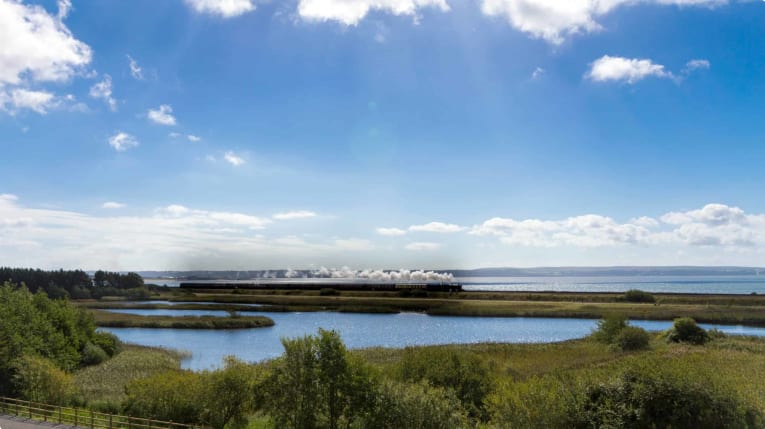
As such during the 19th and 20th centuries the coastline was dominated by bustling factories, power stations, mines and mills, manufacturing products for export all around the world. Tin was especially significant, so much so that Llanelli was being referred to as “Tinopolis” by the later half of the 19th century, producing 50% of the supply of tin to the world.
A visit to the Parc Howard Museum reveals Llannelli’s fascinating rise from a small village to the world’s centre of tinplate production. It also hosts an impressive collection of unique ‘Llanelly’ pottery.
Modern Llanelli
Gradually the town’s heavy industry declined and mines were closed due to overseas competition. As a result, from the 1970s, Llanelli along with many other Southern Wales towns experienced a significant and sustained economic decline.
Since then the town has changed dramatically with the closure of heavy polluting manufacturing premises and the reclaiming of sites with enormous investments for environmental regeneration.
Today the natural environment is a diverse and flourishing tourist attraction. Key highlights include the beautiful Llanelli Wetland Centre full of rare geese, colourful flamingos, butterflies and dragonflies; and the incredible Millennium Coastal Park along the northern shore of the River Loughar Estuary.
The town in recent decades has also developed into a leisure destination. Developments include the Llanelli Scarlets Rugby stadium, home to some of the most passionately supported rugby players in the world, the Machynys Golf and Country Club, Old Castle Words leisure village, and a National Hunt racecourse at Ffos Las.
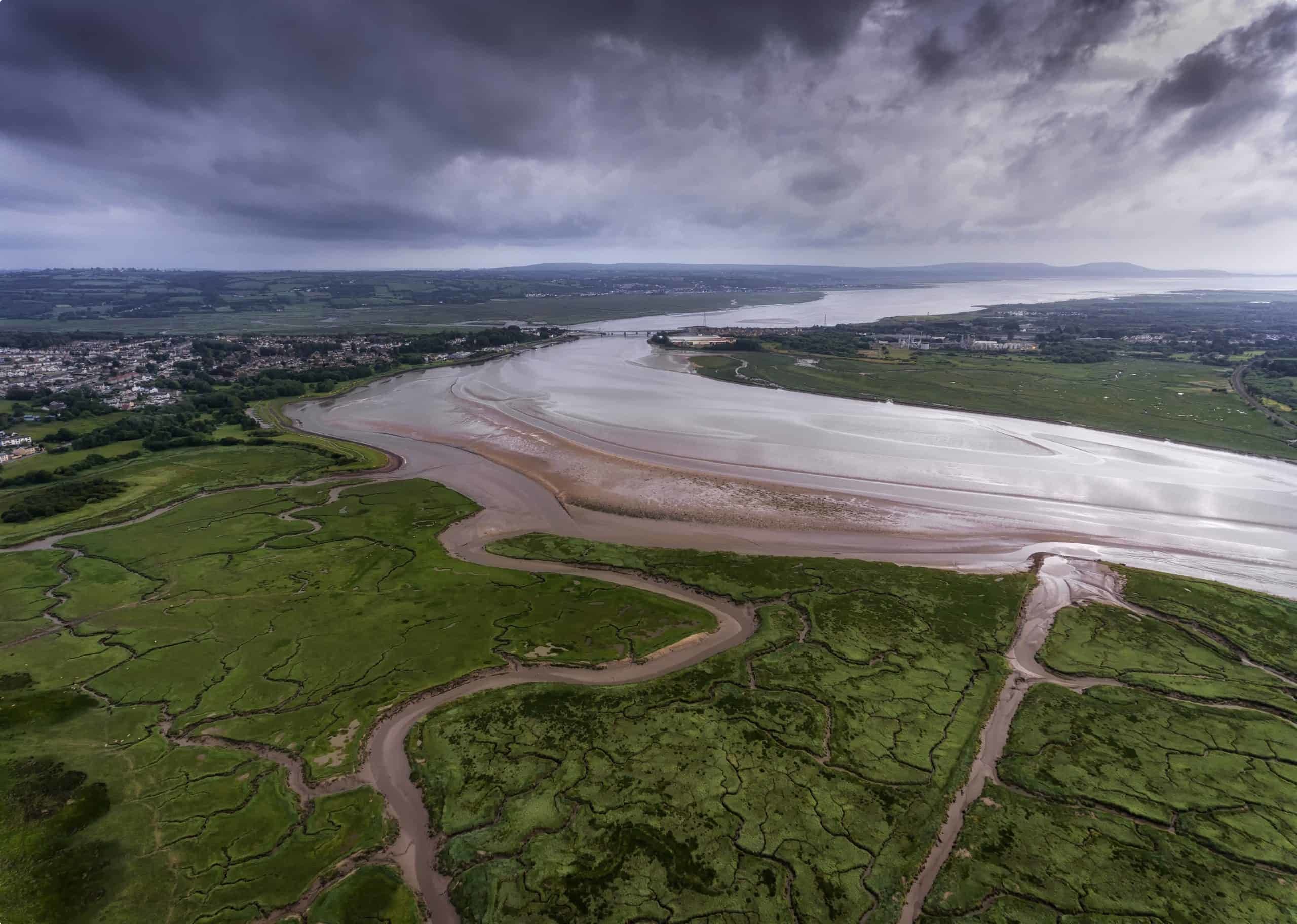
Articles on Wales published by Odyssey Traveller.
- History of Wales: The Definitive Guide
- Questions About Wales
- Snowdonia National Park, Wales
- Millennium Coastal Path, Wales
- Caernarfon Castle, Wales
External articles to assist you on your visit to Wales.
Related Tours
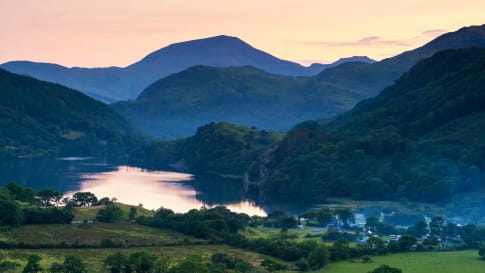
17 days
Mar, SepTour of Wales
Visiting Wales
Join Odyssey Traveller on this tour small group guided tour of Wales, an unforgettable travel experience through varied landscapes from south Wales to north Wales and back, travelling on the coast overlooking the Irish Sea and through picturesque Welsh villages, starting in Cardiff city centre.
From A$14,375 AUD
View Tour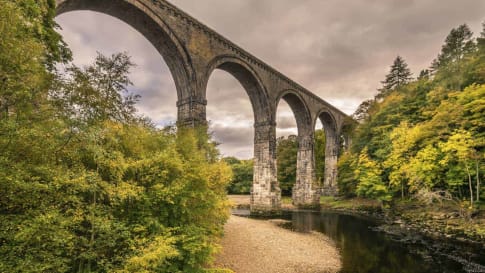
23 days
Oct, Apr, SepCanals and Railways in the Industrial Revolution Tour | Tours for Seniors in Britain
Visiting England, Scotland
A small group tour of Wales, Scotland & England that traces the history of the journey that is the Industrial revolution. Knowledgeable local guides and your tour leader share their history with you on this escorted tour including Glasgow, London, New Lanark & Manchester, Liverpool and the Lake district.
From A$17,860 AUD
View Tour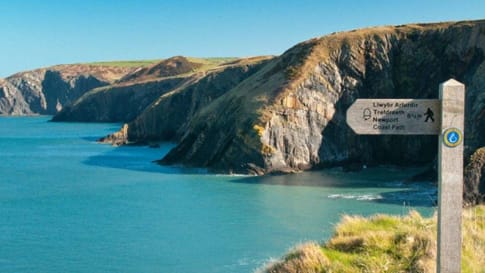
13 days
AugExploring Wales on foot : small group walking tours for seniors
Visiting Wales
A Walking tour of Wales with spectacular views across as you walk the millennial path across the Irish sea or up in Snowdonia national park. This guided tour that provides insight into the history of each castle visited and breathtaking scenery enjoyed before exploring the capital of Wales, Cardiff with day tours of Wales from Cardiff. For seniors, couples or Solo interested in small groups.
From A$11,895 AUD
View Tour

